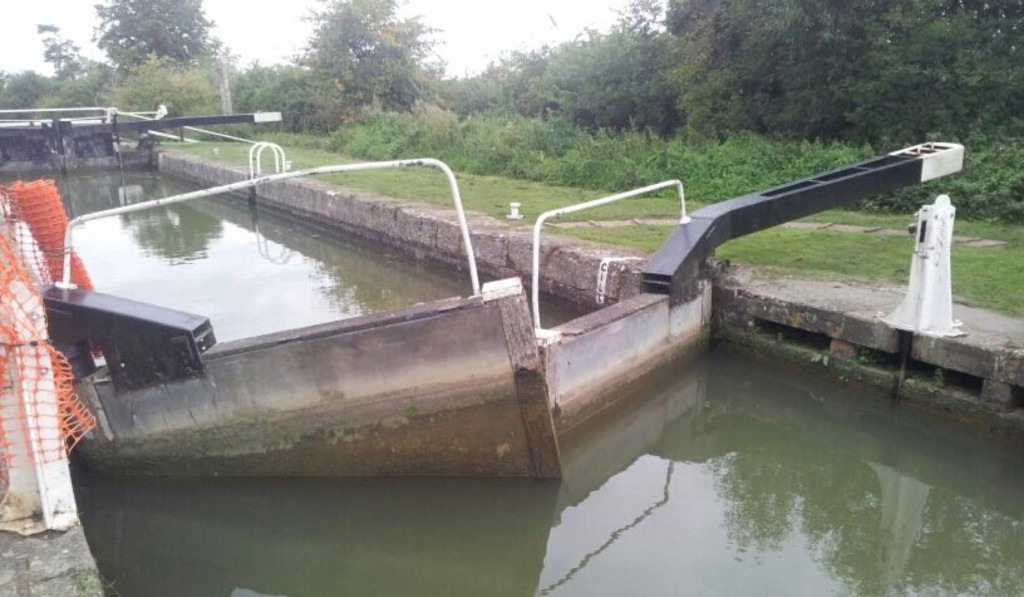There is nothing that raises the blood pressure of a narrow boat owner than the thorny issue of narrow boat insurance.
First, let’s be clear – third party insurance is compulsory – and actually forms part of the narrow boat licence issue conditions. But all this form of insurance covers is damage to other people’s property or boats. Imagine crashing into a lock gate so severely, you actually damage it.
Now imagine the cost of replacing that lock gate. So the most basic boat cover is an absolute essential. But none of this covers damage to your own narrow boat and as a result most owners opt for a more comprehensive policy. But once again, the devil is in the detail. A basic, entry level insurance policy may cover the shell of the boat, but a lot of people looking to insure their narrow boat are liveaboards, and also wish to cover the contents of what is essentially a floating home. It would be a bit like insuring your property, but failing to have contents cover at the same time.What may seem like a cost saving initially can very quickly turn into a false economy in the end.
Many insurance companies also need to be informed if individual, costly items are listed separately on their policy. Be sure that whatever you have on board is covered by an adequate level of insurance or you could find that your £600 laptop computer or expensive jewellery is only covered by a £250 maximum claim per item.
Many insurers now offer policies to cover live aboard boaters – which certainly was not the case a few years ago, but thankfully, the narrowboat insurance companies have responded to changes in the marketplace. Some insurers have taken things like personal accident cover, and even breakdown and recovery assistance into consideration when calculating their policies.
Don’t be afraid to shop around – and also check whether the insurer requires you to have an out of water survey before insuring your narrow boat, as this can add hundreds to the initial cost.


